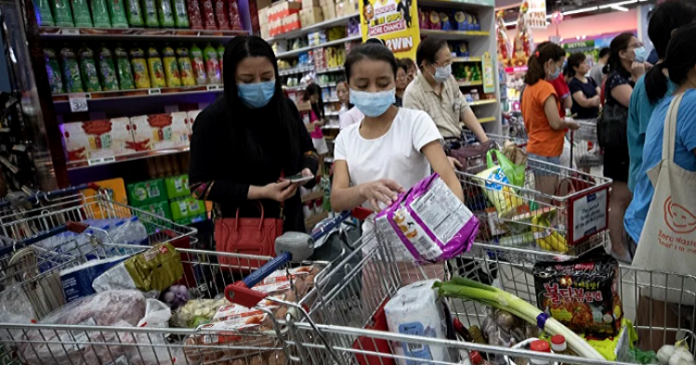The world has been fighting the novel coronavirus (2019-nCoV) for more than three weeks now. At the point of writing, the death toll in China stands at 1,016, with more than 42,635 confirmed infections.
There are confirmed cases of novel coronavirus in 28 other countries worldwide, with deaths recorded in the Philippines and Hong Kong.
In Singapore, 47 cases have been detected so far (as of Monday, Feb 11), out of which 9 have been discharged while 7 are in critical condition. A total of 23 cases here are local transmissions.
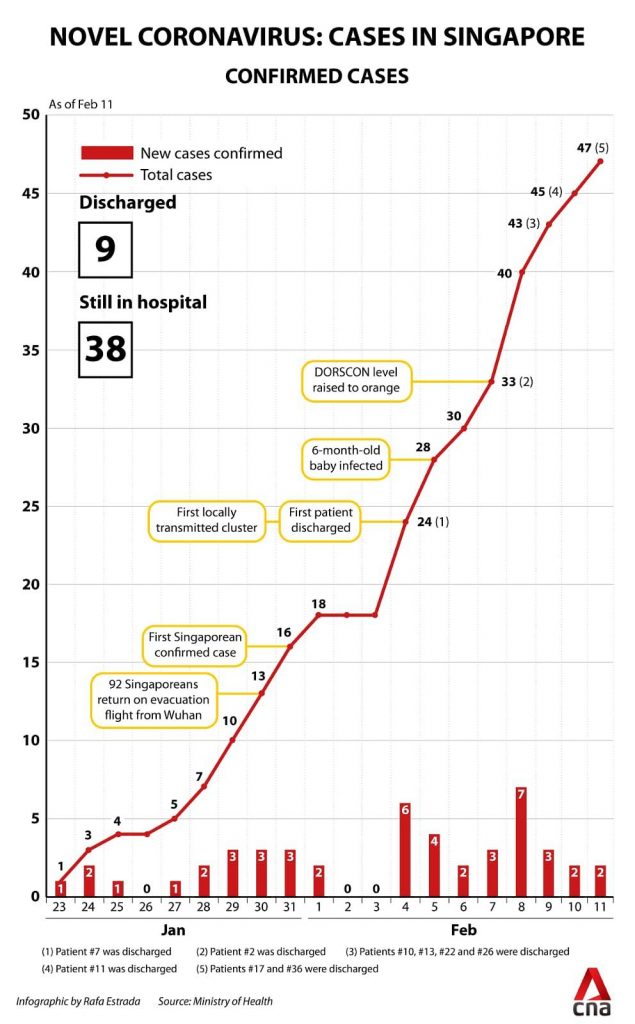
According to gov.sg, whenever there is an outbreak of infectious disease, Singapore puts in place a set of prevention and response plans to tackle and contain the situation by enforcing ‘Disease Outbreak Response System Condition’ or DORSCON- a colour-coded framework.
What Is DORSCON
DORSCON shows the current disease situation while providing general guidelines on what needs to be done to prevent and reduce the impact of infections.
For the second time, Singapore moved up its response to code orange last week on 7th February because of “heightened risk” according to the Ministry of Health (MOH). Before this, Code Orange was declared during the swine flu outbreak in 2009.
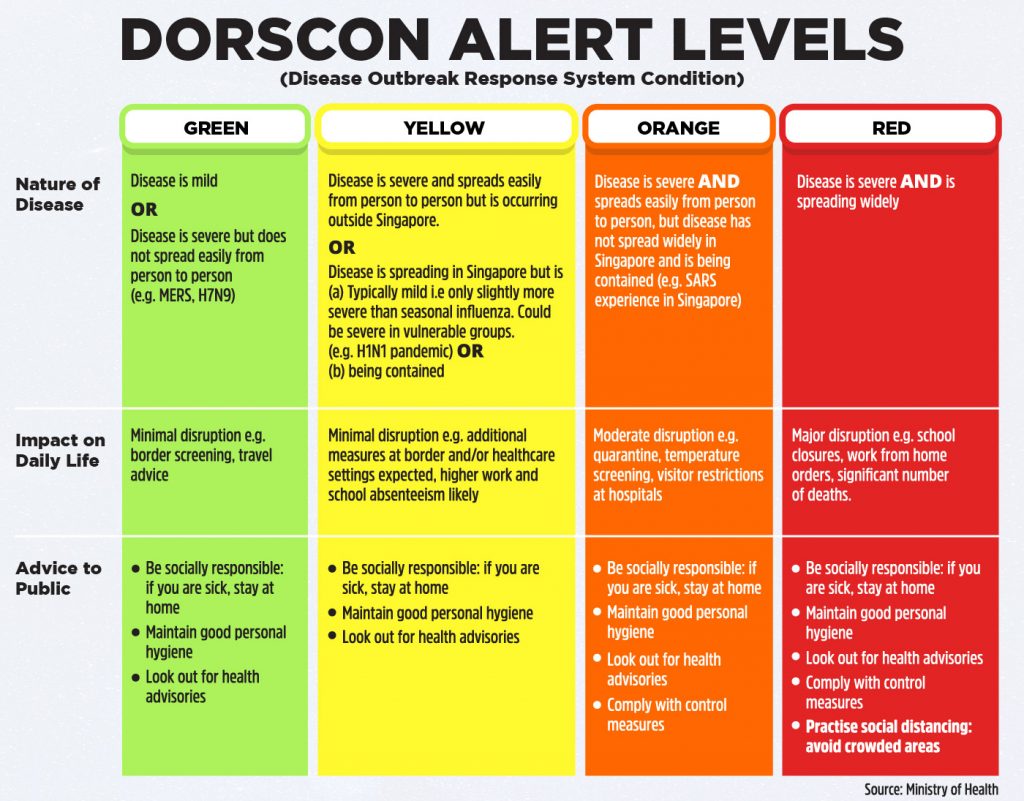
From temperature sensors at public places like hospitals, airport terminals and public libraries to hand sanitizers in HDB lifts and malls, and distributing free masks to creating support systems — contingency plans are in place.
However, there is a sense of fear amongst the people, and fake news circulating around on social media is adding fuel to the fire.
To help our readers understand the situation better, here is a simple factual guide on how to cope with coronavirus.
What is it and how can we protect ourselves?
First, let us understand what coronavirus is.
According to the World Health Organisation, “Coronavirus (CoV) is a large family of viruses that causes illness ranging from the common cold to severe diseases, including Middle East Respiratory Syndrome (MERS-CoV) and Severe Acute Respiratory Syndrome (SARS-CoV). The novel coronavirus (nCoV) is a new strain that has not been previously identified in humans and was first detected in Wuhan, China in December 2019.
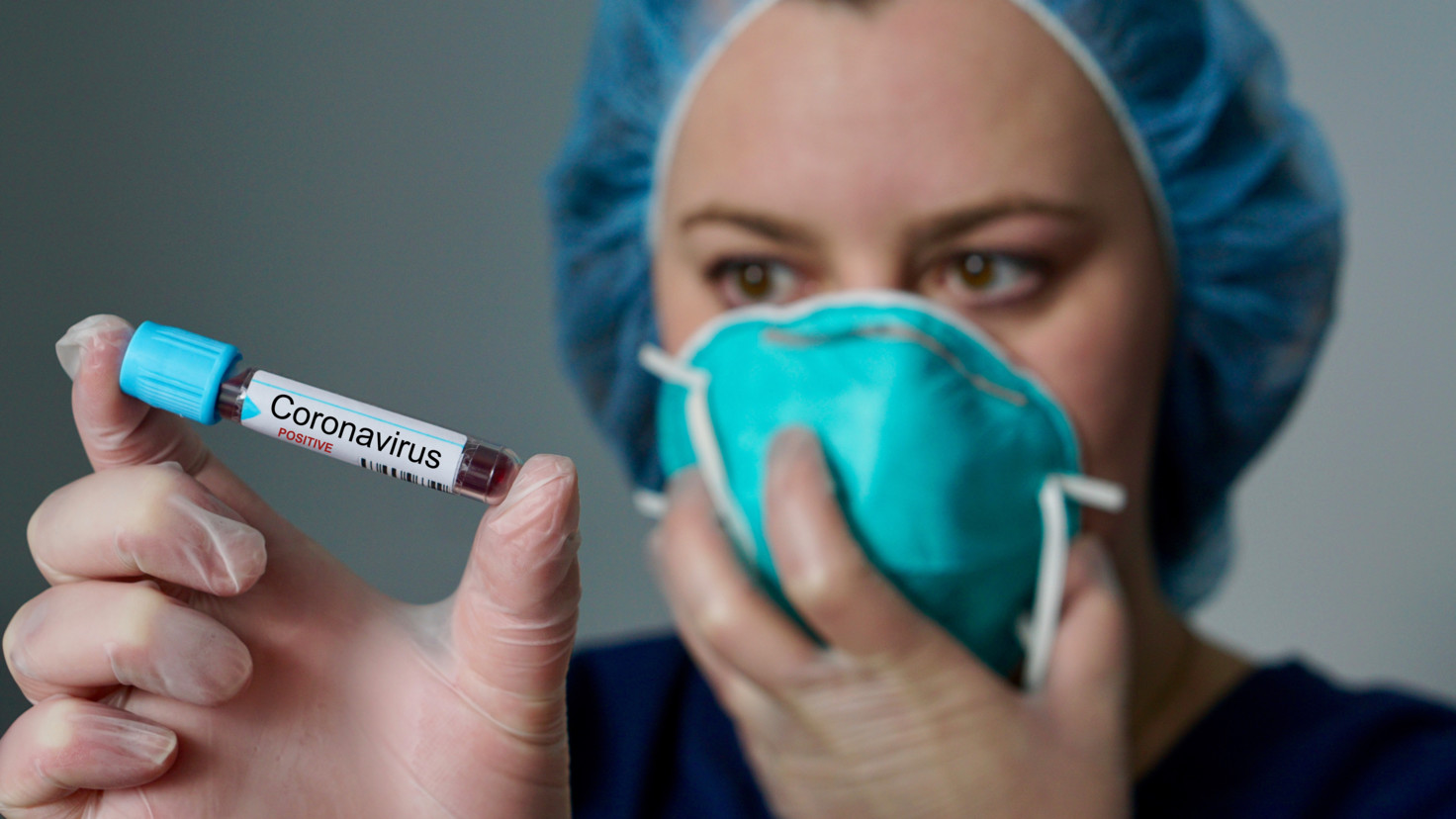
The known transmission routes of the virus as of now include respiratory droplets and physical contact. The MOH clarified rumours about aerosol transmission last week by saying that “based on the evidence available in China, an expert from the Chinese Center for Disease Control and Prevention has said that there is currently no evidence that the virus can be transmitted through aerosol.”
To protect yourself from the coronavirus infection, it is important to wash your hands regularly with soap and water.
There is a lot of emphasis from the MOH to not only wash hands properly, especially between fingers, fingernails, and wrists but people are also advised to avoid touching their faces with hands.
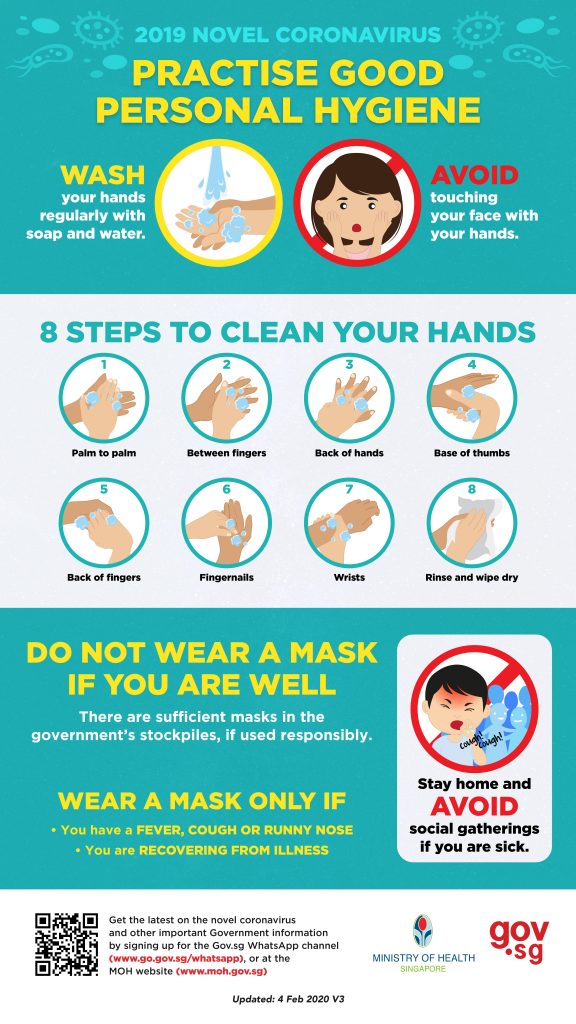
The WHO website and the Singapore MOH clearly state that if you are healthy, you don’t need to wear a mask.
You only need a mask if/when you are taking care of a person who is suspected to have a 2019-nCoV infection. People are advised to wear a mask if they are coughing or sneezing.
It is important to note that masks are effective only when used in combination with frequent hand-cleaning with alcohol-based hand rub or soap and water. Also, if you wear a mask, then you must dispose of it properly.
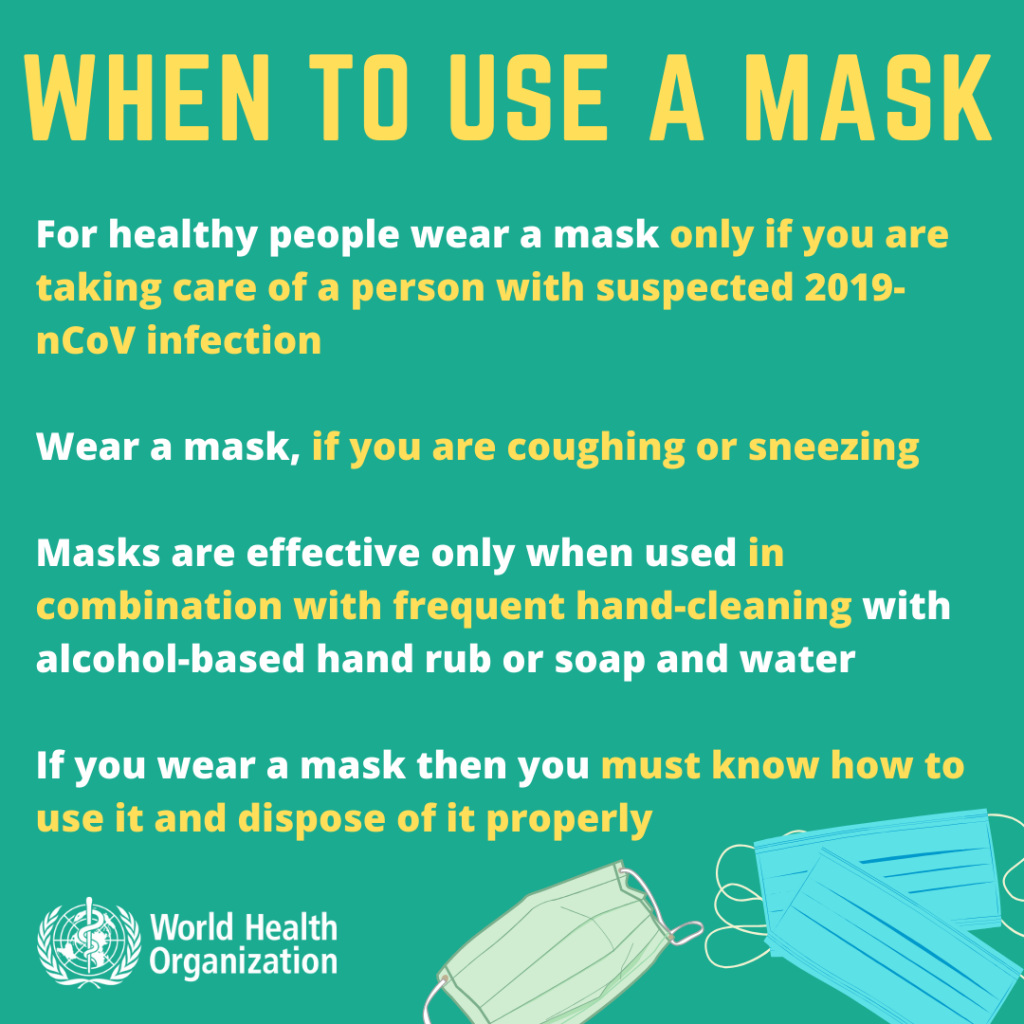
In this time of crisis, the government and the authorities are urging Singaporeans to stay calm and vigilant.
We can all do our part by being socially responsible and practising good personal hygiene habits. Also, there is no need to panic shop and hoard because the supply chain in Singapore is intact.
Stay away from fake news

During such sensitive periods, fake news can be really dangerous and can create unnecessary panic among people. You can do your part by following a few simple rules:
- Avoid sharing and resharing unverified information on social media
- If you come across a piece of information that is making rounds in WhatsApp groups and other online platforms, check the ‘Clarifications on Misinformation regarding 2019-NCOV‘ page on the MOH website to verify
- Register and subscribe to the MOH WhatsApp channel for latest updates from reliable government sources
- Alternatively, join the CNA telegram announcement channel for verified news
- Follow the World Health Organisation for the latest global news related to the outbreak
Yesterday, the World Health Organisation tweeted that ‘COVID-19’ will be the new official name for the deadly coronavirus. WHO chief Tedros Adhanom Ghebreyesus told reporters in Geneva yesterday that “co” stands for “corona”, “vi” for “virus” and “d” for “disease”.
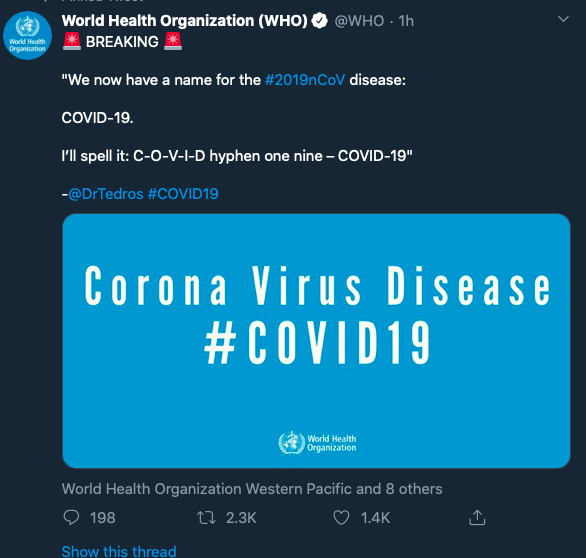
At this point, it is also important to note that a new study based on data gathered from over 1,000 coronavirus patients in China has come to light.
The research revealed that the incubation period for the coronavirus is as long as 24 days rather than the previously believed 14 days, and very few patients showed fever symptoms when they first saw doctors.
However, rest assured the concerned authorities are doing everything in their power to control, contain and monitor the situation.
In the latest news, Singapore and Malaysia have announced the establishment of a joint working group to further enhance cooperation to prevent and control the spread of 2019-novel Coronavirus (2019-nCoV) or COVID-19.
Meanwhile, let us all practice personal hygiene, monitor our health regularly and seek immediate help if any symptoms like fever and cold appear.
Together, we can fight this.
Feature Image: EPA via SCMP







